On May 1, New York’s Metropolitan Museum of Art will open its doors for the Met Gala, the annual invitation-only fundraiser to benefit the museum’s Costume Institute, and a launch party for its spring exhibition.
While it’s easy enough to enjoy a parade of designer dresses from the red carpet, a little context goes a long way. Here’s what you need to know about fashion’s most important party.
Has the Met Gala always been a big deal?
To the Costume Institute, yes. It’s the only curatorial department at the Met that has to finance its own activities, and the gala is its biggest fundraiser. The event was initially named the Party of the Year, but it’s only relatively recently that it fulfilled that promise.
From 1948 to 1971, the benefit wasn’t pegged to an exhibition, and was held off-site at the Waldorf Astoria or the Rainbow Room. Guests (mostly New York society types) indulged in fine dining and were entertained by “skits, raffles, and pageants of models in historic costume,” according to the museum’s records.
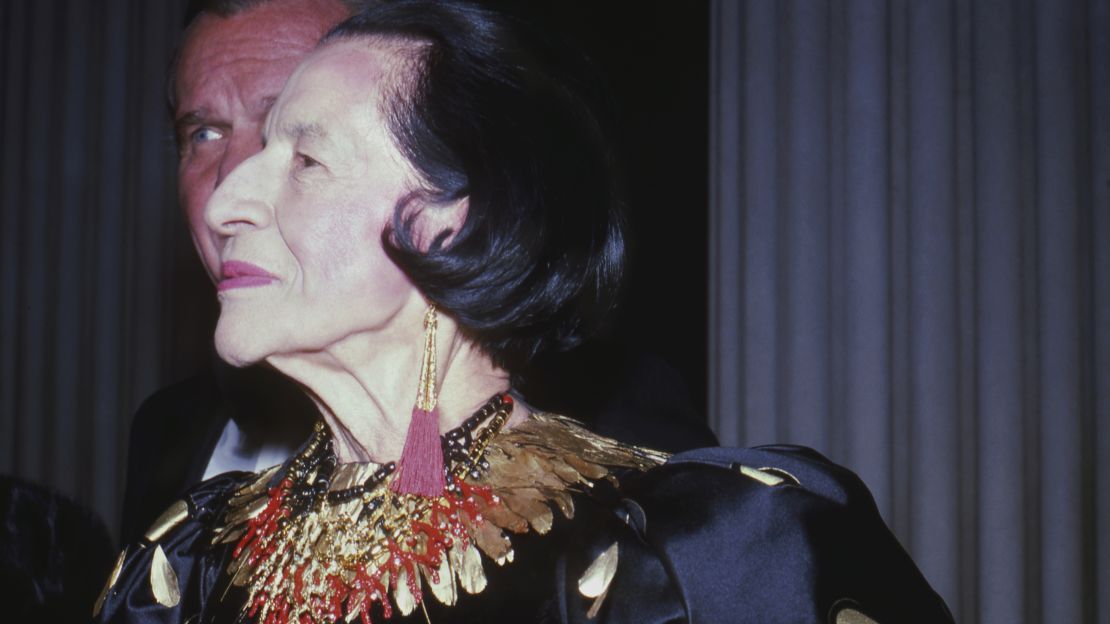
Former Vogue editor Diana Vreeland brought new glamor to the Costume Institute when she joined as a consultant in 1972. Vreeland curated some of the most ambitious and heavily publicized exhibitions in its history, and used the gala as an opportunity to inaugurate them. Her themes were exotic and far-reaching – “The Glory of Russian Costume,” “La Belle époque,” “The World of Balenciaga” – and no detail was ignored. (Chanel’s 1924 fragrance Cuir de Russie (Russian Leather) was pumped through “The Glory of Russian Costume,” for example.)
The galas became launch parties for the exhibitions, where designers, industry insiders and fashionable celebrities turned out in full force.
Anna Wintour, Vogue’s current editor, shifted the focus to celebrities when she took over as chairwoman in 1999, recruiting A-list honorary and co-chairs (including Beyoncé, Taylor Swift, Sarah Jessica Parker, and Tom Brady) and inviting everyone from Lil’ Kim to Kim Kardashian to attract more attention to the event. (The Vogue team’s participation in the planning and execution were the highlight of the 2016 documentary “The First Monday in May.”)
“Ms. Wintour has used an intimate understanding of fashion, and of her own role in that universe, to transform a dowager social event into a frenzied red-carpet romp that now surpasses, at least in terms of frocks, the Oscars,” former New York Times fashion critic Cathy Horyn wrote in 2006.
Has it always been held the first Monday in May?
Hardly. This tradition is only dates to 2005. From 2001 to 2004, the gala was held in late April. Prior to that, the gala was typically held in late November or early December. Things changed when the Institute canceled its scheduled winter exhibition with Chanel in 2000.
According to the New York Times, the Met backed out of the exhibition after disagreements “over how much artistic control the House of Chanel – and specifically, its designer, Karl Lagerfeld – should be allowed to have over the exhibition.” (Lagerfeld had wanted to incorporate the works of artists like Jenny Holzer and Claes Oldenburg into the exhibition.)
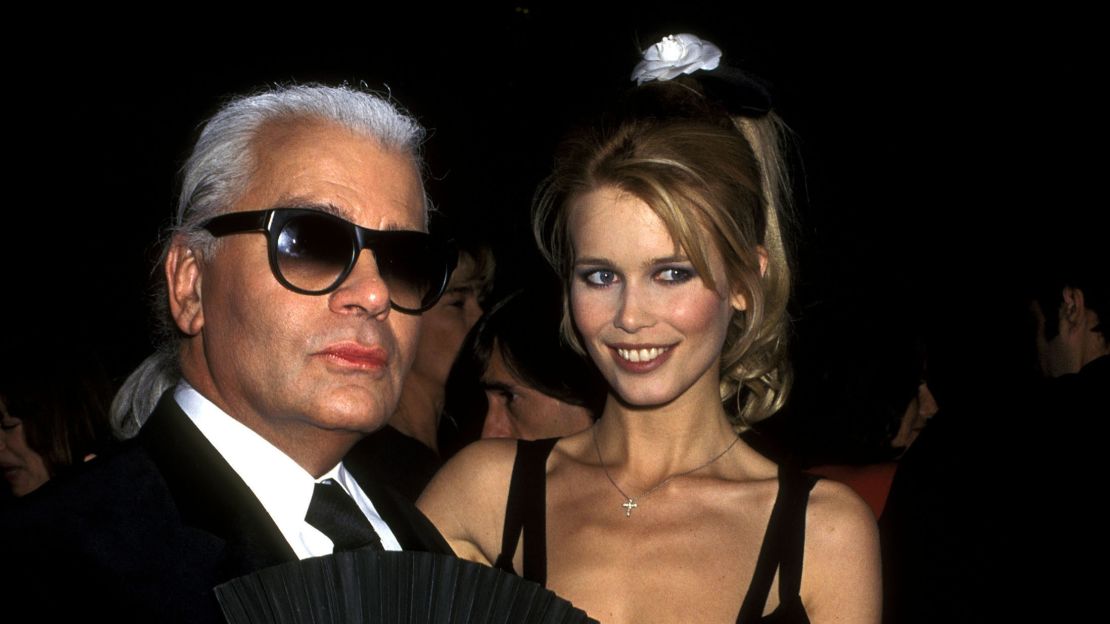
It was replaced by an exhibition dedicated to Jacqueline Kennedy Onassis’ White House style. The additional time needed to organize it saw the opening pushed back to May 1, 2001, and the gala pushed to April 23.
Some years the gala wasn’t held at all, most notably in 1963, following the assassination of President John F. Kennedy, and in 2002, following 9/11.
Who gets to go?
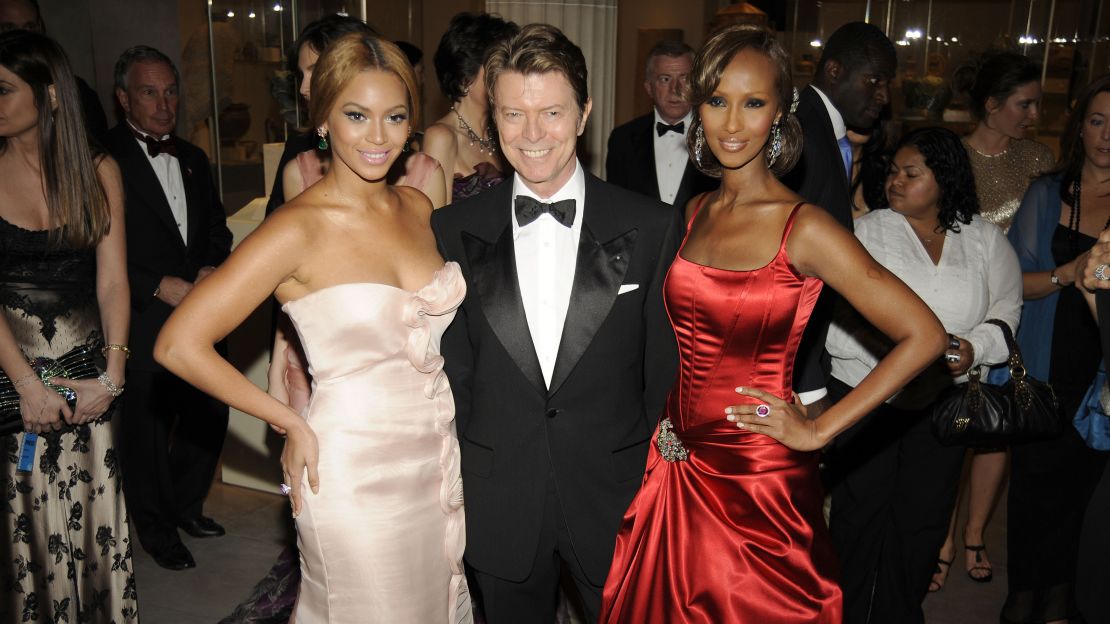
Now that it’s moved on from its society roots, the gala’s biggest names are A-list models, musicians and actors, though occasionally a megawatt outsider will get pulled into its orbit. (Jacqueline Kennedy Onassis – who co-chaired the event in 1977 and 1978 – Princess Diana and Henry Kissinger all made appearances.)
Filling the rest of the seats (only about 600 people were invited in 2015) are brand representatives, emerging designers, and invited patrons happy to spend upwards of $30,000 for a ticket. But this hasn’t always been the case.
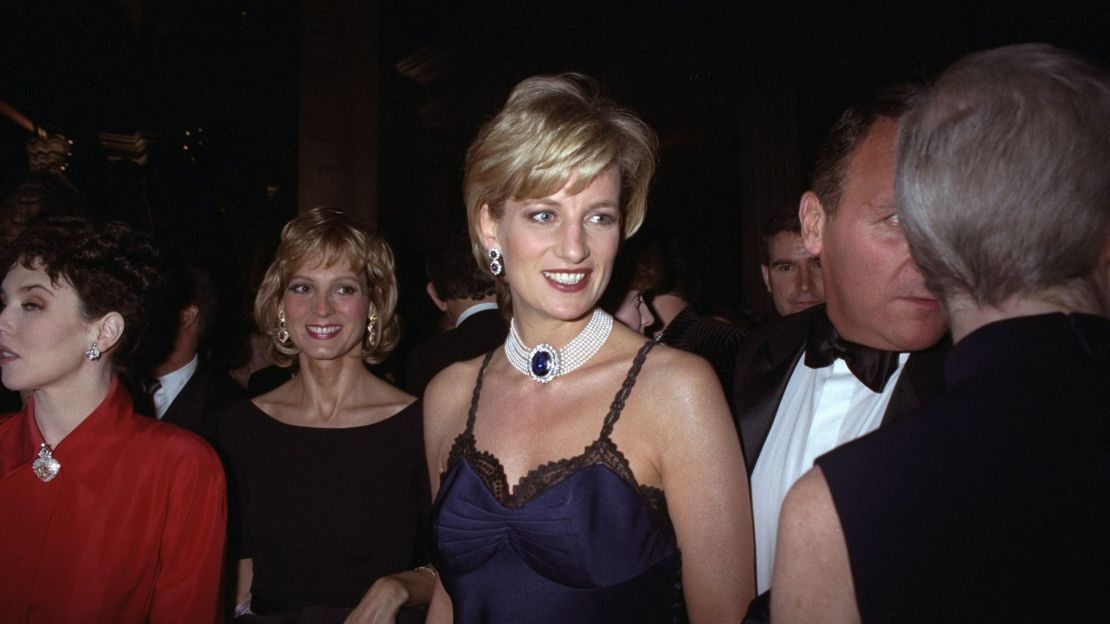
“Back then you could buy a $100 dessert ticket, which allowed all kinds of riff-raff (like me and my date Suzanne Bartsch) to sneak in,” Barneys creative ambassador Simon Doonan wrote of his first gala experience in 1985.
“Yes, it was great hanging out with Tina Chow and Andy Warhol, but the highlight was seeing a very young Miss J (yes, from ‘America’s Next Top Model’) vamping into the Temple of Dendur in full drag.”
What’s this year’s exhibition?
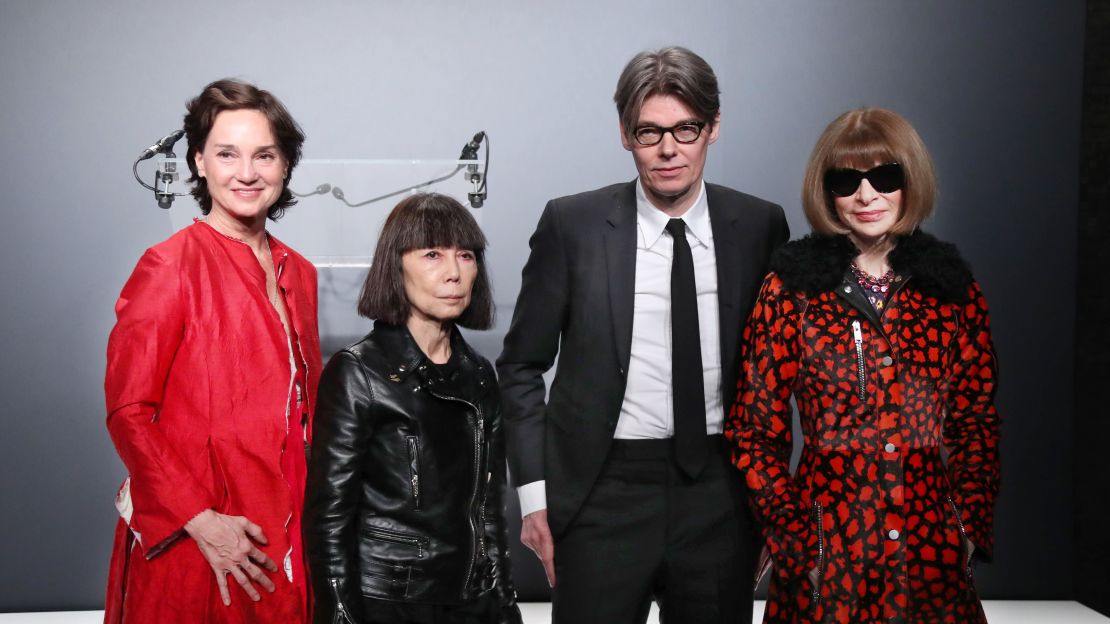
This year’s exhibition is dedicated to 74-year-old Japanese designer Rei Kawakubo. One of fashion’s most revered creative visionaries, she founded the avant garde label Comme des Gar?ons (French for “like some boys”) in 1969, and was part of a cohort of radical Japanese designers to debut in Paris in the early 1980s.
For decades she’s served as a source of inspiration to creators across disciplines. In 2010, Edward Enninful, the soon to be new editor of British Vogue, told Another magazine “she proved that you could be an outsider and still be influential, that you could follow your instincts and still make a difference.” In the same issue, Bjork cited her as proof that “it is possible to be that brave, that it is possible to keep one’s integrity.”
Throughout her career, Kawakubo has striven to create new aesthetics, defying norms about what clothing and the body should look like.
“Going around museums and galleries, seeing films, talking to people, seeing new shops, looking at silly magazines, taking an interest in the activities of people in the street, looking at art, traveling: all these things are not useful,” she wrote in a 2013 manifesto for System magazine. “I only can wait for the chance for something completely new to be born within myself.”
This quest is perhaps best illustrated by her Spring-Summer 1997 collection “Body Meets Dress, Dress Meets Body,” a series of skin-tight dresses stuffed with padded lumps, giving the illusion of large tumors. (This was not the prevailing silhouette at the time.)
“Rei Kawakubo/Comme des Garcons: Art of the In-Between” will use 150 examples of Kawakubo’s work to explore how the designer has managed to straddle and subvert established dualities (then/now, self/other, clothes/not clothes etc.)
Why is this exhibition so unusual?
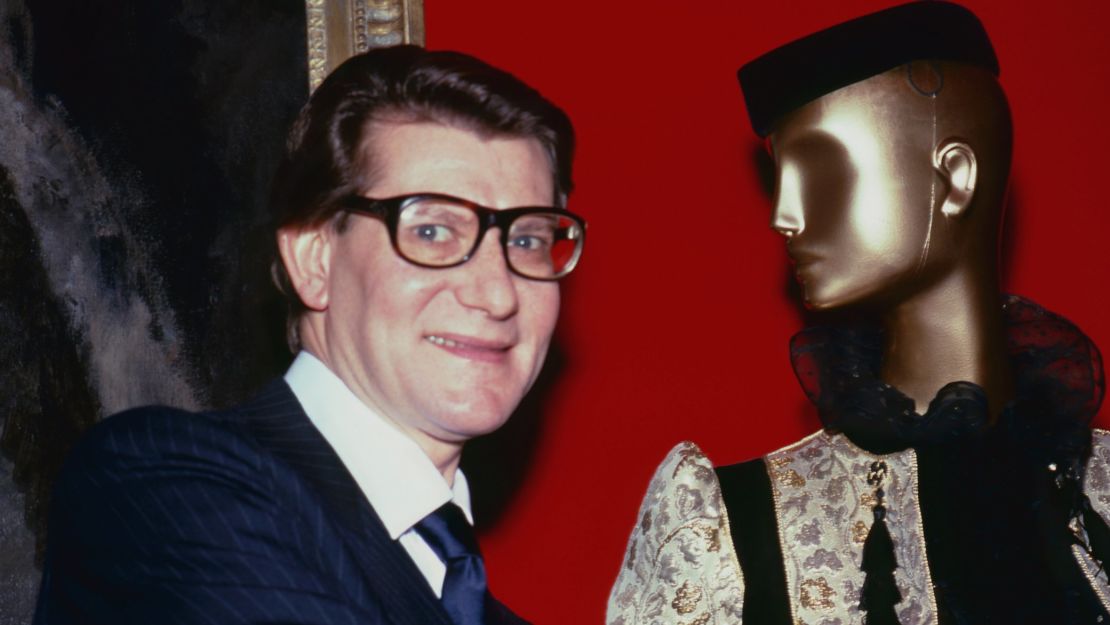
This is the first time the Met has dedicated a show to a living designer since 1983’s tribute to Yves Saint Laurent.
But while Saint Laurent had nothing but enthusiasm for the exhibition (“It is my soul,” he told the New York Times at the gala), Kawakubo, ever the forward-thinker, has been more reserved in her assessment.
“I was not so happy at first. I never wanted to do a retrospective, and it ended up like that,” she told the Business of Fashion in a recent interview. “It’s a Met show for Comme des Gar?ons, not a Comme des Gar?ons show at the Met. Compromises were made.”
What should we expect on the red carpet?
It’s difficult to imagine the world’s most glamorous women (including co-chair Gisele Bundchen) leaning into the concept of anti-fashion on the most important night of the fashion calendar. This came to a head in 2013 in critiques of the Met’s “Punk: Chaos to Couture” red carpet.
“Punk was never going to work at a society bash because the women couldn’t bring themselves to make the necessary departures from style,” opined a columnist for the Economist in a piece simply titled “An Embarrassment.”
This time around, there’s bound to be a lot of archival Comme des Gar?ons, but also a number of more experimental looks from other designers.
Whether or not anyone really nails the theme is beside the point. According to the New York Times, the 2015 gala raised $12.5 million for the museum.



















